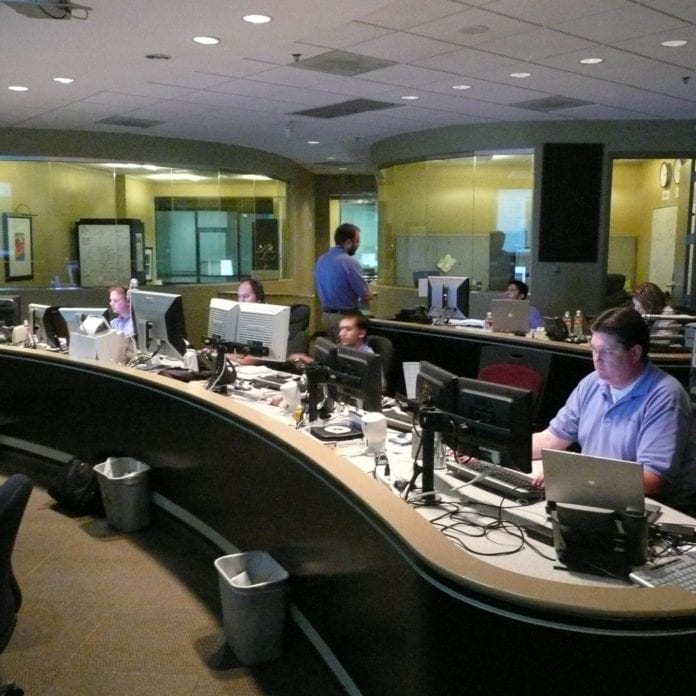The role of AI in transforming network operations management
The deployment of 5G will see a massive increase in radio sites as operators densify networks to support incredible concentrations of devices and dramatic increases in throughput. At the same time, 5G will support a huge range of applications with widely varying service requirements. In this complex environment, managing network operations will only become more difficult.
According to Stephen Spellicy, vice president of products and marketing for data analysis specialist Guavus, network operations centers see around 86,400 alarms everyday with between 2% and 3% leading “to true incidents or problems. The rest are simply noise that can and should be ignored. The problem is distinguishing the noise from the signal. Standard alarm de-deuplication and management tools classify 10-20% of the alarms as critical, which is still too many to handle in one day.”
Subscribe now to get the daily newsletter from RCR Wireless News
This is where artificial intelligence can make a difference. To that end, Guavus is launching its Alarm IQ product, which Spellicy said can reduce alarms by more than 90%. The company said the analytics platform can reduce mean time to understand issues by 84%; correlate and group alarms based on root issues; re-train itself “for accurate incident prediction”; and integrate with other management products.
To the re-training point, Director of Product Management Andrew Sundelin provided some detail: “The amount of history used for training/re-training the model is configurable as is the re-training interval. The reality is that network behavior changes over time. Software versions change, new devices get added/removed, new interfaces get enabled/disabled, new firewall rules get put into place, traffic patterns change, devices get older, etc, etc. If the history is too long then training may capture relationships which don’t exist in the data any more (i.e. things which used to happen in the network which don’t happen any more or are no longer problematic), this can actually act as noise for newer data which represents the current behavior of the network. Thus, as more history is added to the training data set, the model gets better to a point and then there are diminishing returns on any additional history. That is why this is a tunable parameter.”

